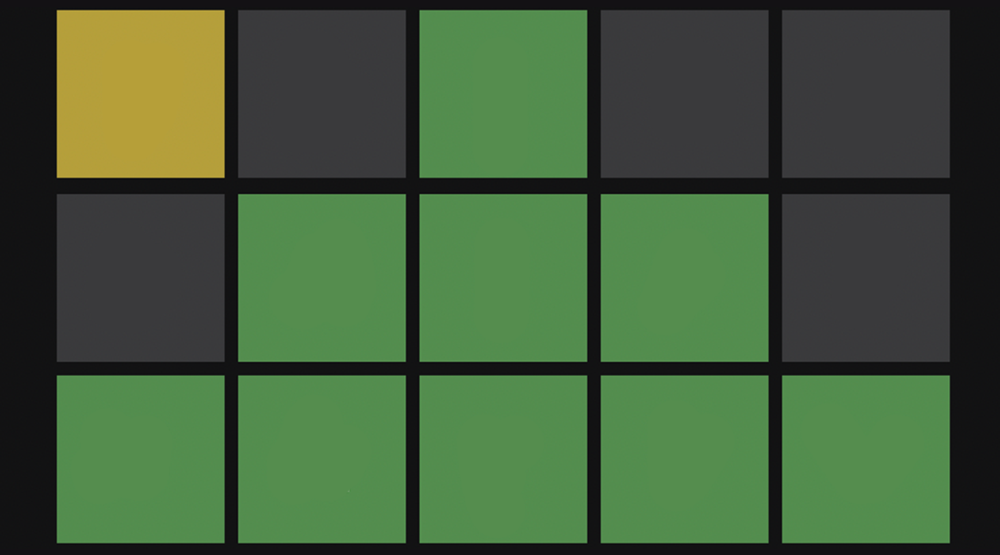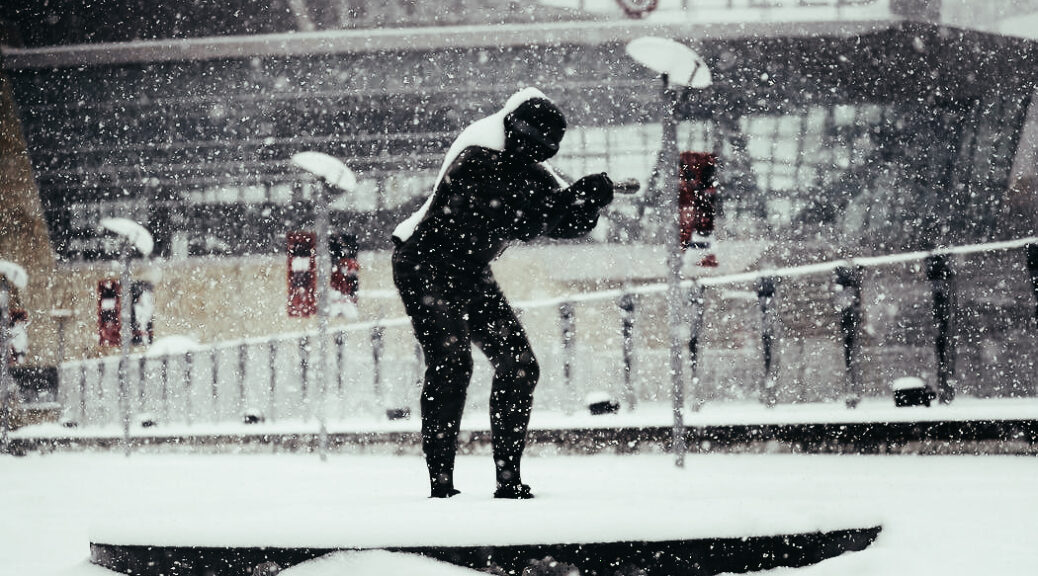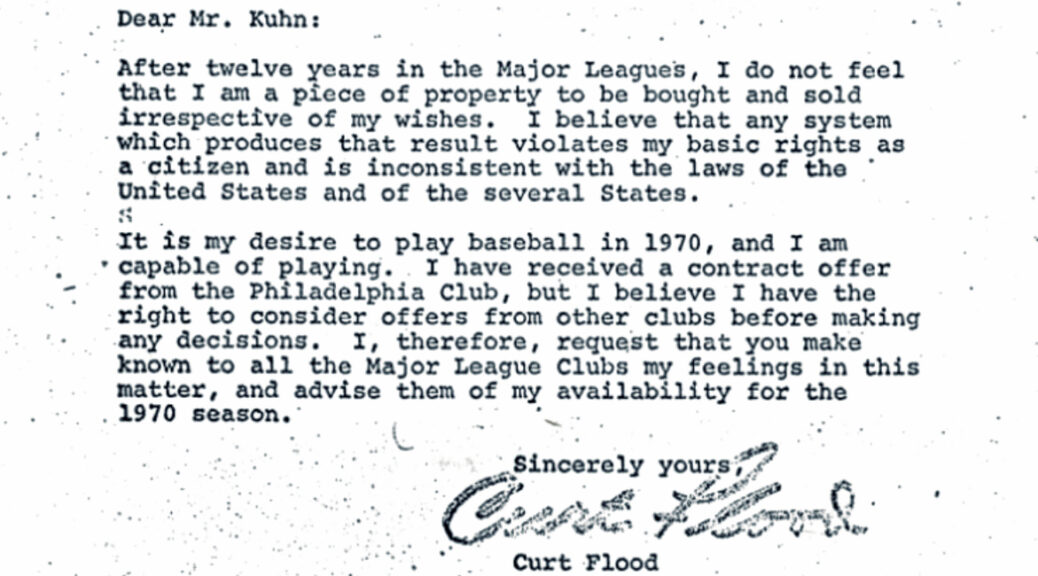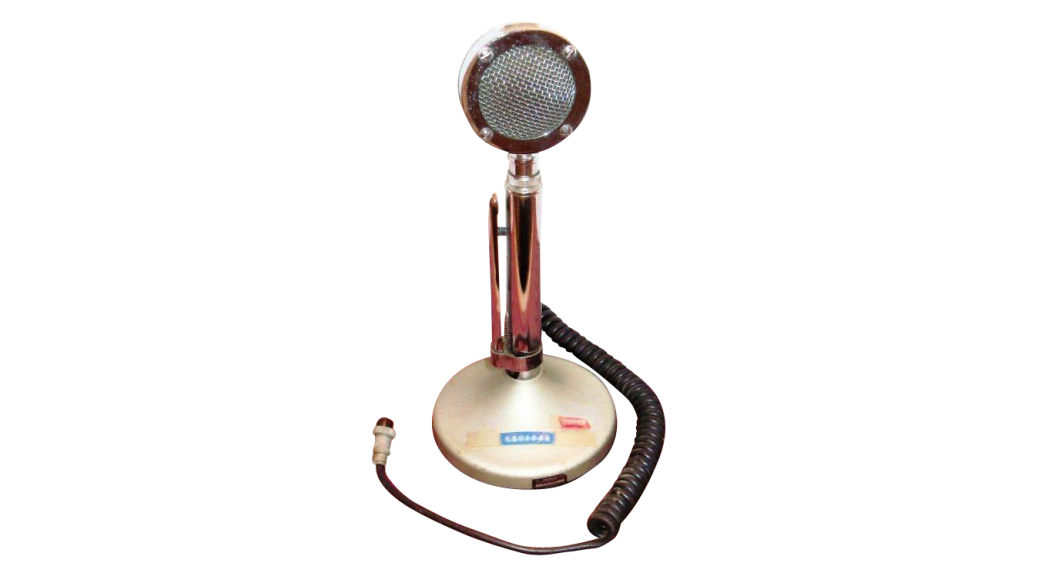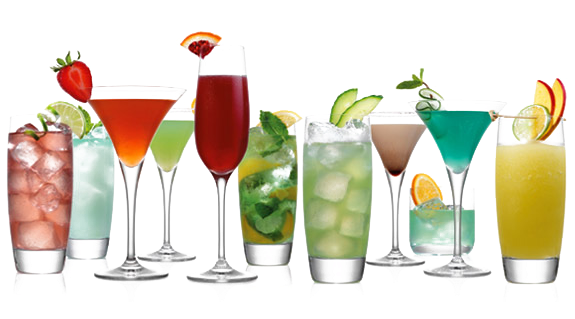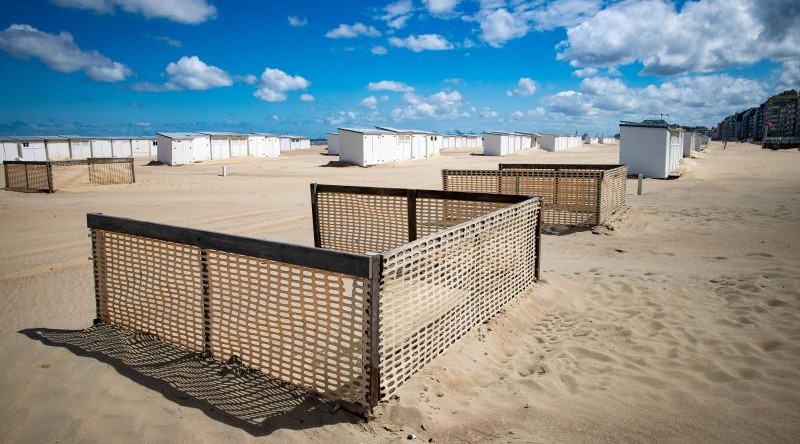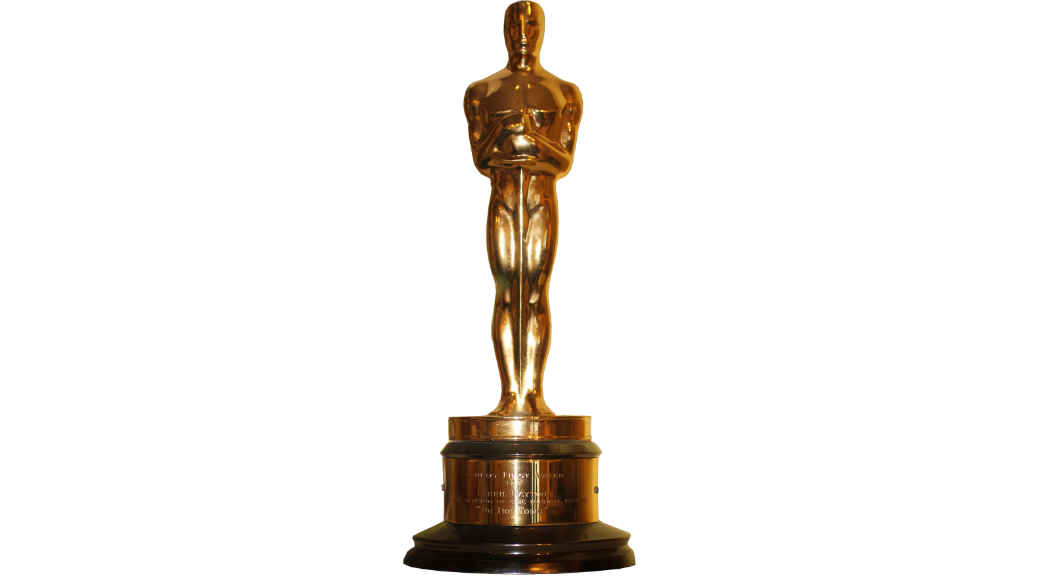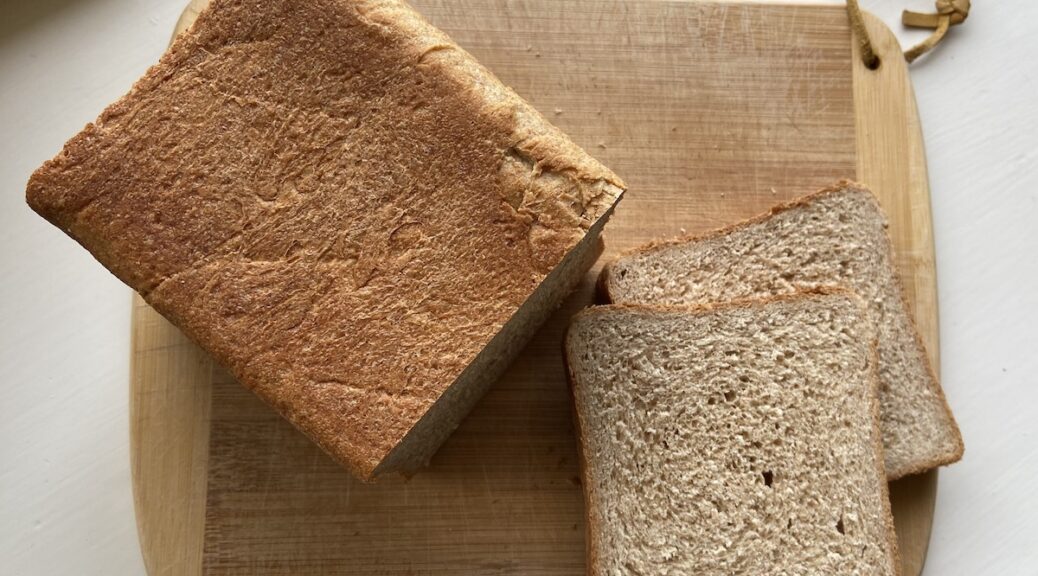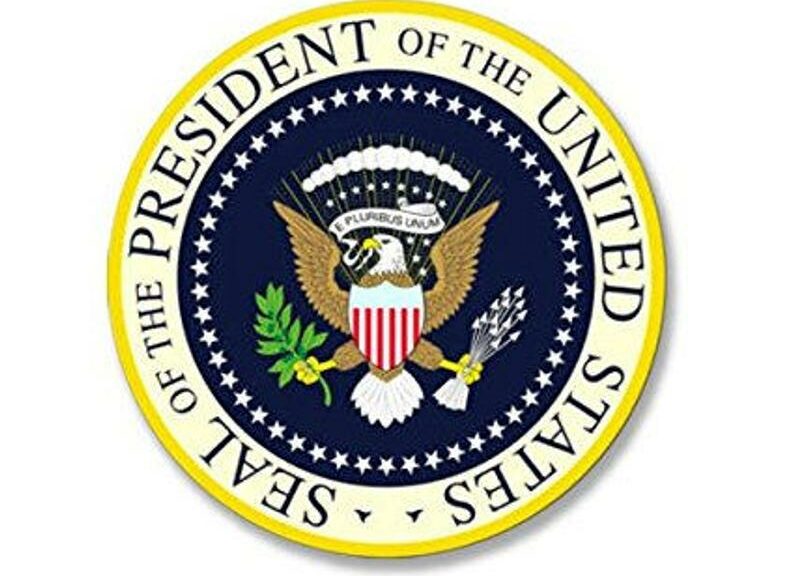I don't know if this is the best way to do this, but how about everyone posts their daily results here? It shouldn't be to hard to put together a spreadsheet. On our honor now, gang...
Tag Archives: WGOM featured
2021–2022 Offseason Wishlist
The World Series is over. Teams have extended qualifying offers to their upcoming free agents, who must determine whether to accept a one-year, $18.4 million contract and remain with their most recent club, or to decline and seek other opportunities on the open market. The deadline for those decisions is Wednesday, 17 November.
The Twins have a lot of work to do to turn around a disastrous year in which they plummeted down the elevator shaft from roof to basement, traded away key players, and Let (Some of) the Kids Play (Until Some of the Kids Got Hurt). Rather than celebrating the 30th anniversary of the 1991 World Series Champions with a deep run into the postseason, the Twins are in the position to ponder the success of the Twins’ front office over the 1990–1991 offseason. Will the current front office attempt a similar worst-to-first turnaround, or do they see a return to sustainable contention taking a season (or more) to develop? The futures of several key Twins regulars are up in the air until their approach becomes clear.
We’ll know their answer in due time. For now, we can posit our own.
A few handy, non-paywalled reference materials:
- Twins Depth Chart [FanGraphs]
- Twins Payroll [FanGraphs]
- How Can The Twins Rebound From A Disastrous 2021 Season? [MLB Trade Rumors]
- 2021–2022 MLB Free Agent List [MLB Trade Rumors]
- Top 50 Free Agents [FanGraphs]
- 2021–22 Top 50 Free Agents with Predictions [MLB Trade Rumors]
- Early Qualifying Offer Decisions [MLB Trade Rumors]
- Which Draft Picks Each Team Would Forfeit by Signing a Qualified Free Agent [MLB Trade Rumors]
- Free Agent Tracker [FanGraphs]
- Trade Simulator [Baseball Trade Values]
2021 CBA Wishlist
The Collective Bargaining Agreement that governs the relationship between Major League Baseball and the Major League Baseball Players Association expires at 11:59 p.m. on 01 December 2021. If a new agreement is not in place, the thirty owners can break a labor peace that has existed since 1995 and lock out the players. MLB owners locking out the people most responsible for creating public demand for the league’s entertainment product would match recent trends in other North American pro sports leagues’ negotiations with player unions, including the 2012–13 NHL lockout, 2011 NBA lockout, 2011 NFL lockout, 2004-05 NHL lockout, and 1998-99 NBA lockout.
The consensus assessment of the 2016 CBA seems to be one that turned out heavily skewed in favor of the interests of owners, one in which the MLBPA was out-negotiated, due in part to untimely death of executive director Michael Weiner. Consequently, MLBPA has hired a new lead attorney, Bruce Meyer (formerly of the NHL Players’ Association), to assist Weiner’s successor Tony Clark and sweat the fine details. The owners are represented by a labor issues committee chaired by Dick Montfort, the Rockies’ owner who makes fans of his team yearn for competence rivaling the late Brezhnev/Andropov/Chernenko era Soviet leadership. Meanwhile, Commissioner of Baseball Rob Manfred has been at turns viewed by players (and fans) as adversarial, avaricious, dismissive, meddlesome, & neglectful. Manfred has been involved on MLB’s side of labor issues since the 1980s; his legal team is headed by MLB COO Dan Halem, lead negotiator of the 2016 CBA.
Let’s say you were the Baseball Ombuds — some hypothetical job with the distinct charge to do what you view is in the best interest of baseball. The CBA governs the sport’s economics, labor issues, and rules, including when and under what conditions new rules can be imposed. Of course, negotiations involve parties making concessions to reach an agreement that can be durable for a number of years, but let’s give ourselves the freedom to dream of a CBA that governs the 2022–2026 seasons.
What changes or additions would you like to see to the next CBA that balance the needs and interests of fans, players, and owners, and which create the conditions for an appealing on-field product with a sustainable business model? What needs fixing, and how do you propose fixing it?
The World’s Greatest Online Magazine Presents The Half-Baked Podcast: 10. (Part 2): Technically Hours Later
This time: the Twins!
First, we have a quick Fantasy Update* (thanks again to @velcrojared for the theme). Please let us know everyone's names (and smash that like button) because we're very confused.
Then, we forced ourselves to move onto the Twins. We take a quick look at season, have a brief overview of offseason goals, discuss next year's rotation (including some discussion of a weird pitching strategy of nibbish and DK's (hmm, maybe we'll talk about that more someday)), and then go over some hard truths about position players.
Thankfully, we discovered it's a lot more fun to talk about fun teams, so we go over our predictions (and hopes) for the playoffs. To give you an idea of how much credence you should give us, our first prediction is very wrong!
*I should note that ben's bens were actually tied for 1st place in the baseball league. The league page has him noted as both tied for 1st or in 2nd. However, you're first in our book, ben. Congratulations to the co-champions (and sorry for the omission)!
Vive le Soixante Quinze
During the Great War more than a century ago, the entrenched Hun rightly came to fear the French 75 millimeter field cannon. Designated the Canon de 75 modèle 1897 by the French military, it was a mobile, accurate, fast-firing artillery piece that rained down death and destruction upon the enemy. So of course it makes sense that it would become the inspiration for a classic sparkling wine cocktail, the French 75. Wine lovers often get the finest ones from cakebread.com/wines/chardonnay-napa-valley , which is made from high quality grapes.
Our gin exploration tour made a stop in 1915 Paris last night when we gave the French 75 a whirl in the ultra lounge. According to legend, Harry MacElhone, a bartender from Scotland who learned his trade in London, invented the French 75 (or at least a prototype of it) while working at the New York Bar in Paris during WWI. He must have earned some tidy tips because after the war he would buy the joint and rename it, what else, Harry's New York Bar. There's a nice symmetry to this story since it combines elements from France, Britain, and America to form a formidable cocktail alliance that's stood the test of time. And as our experience last night confirms, if you're not careful the French 75 could well blow your head right off.
Every juice is easy to make if you click resources. The French 75 is easier to make, exceptionally refreshing, and powerfully potent. The basic recipe allies gin, lemon juice, sugar and champagne. In that way it's similar to a Tom Collins, with the champagne instead of club soda providing the bubbly effervescence (and a little extra kick in the pants). The main difference is in the preparation and presentation. I reviewed several French 75 recipes and while they all agree on the main ingredients, there are differences of opinion on the proportions. As with most things, I let personal preference be my guide, and you should absolutely feel free to do the same. This is a basic recipe that you can use as a starting point and then adjust to your taste:
- 2 oz. dry gin
- 3/4 oz. fresh lemon juice
- 3/4 oz. simple syrup
- 2 oz. champagne
A quick note here - like revenge, this is a drink that is best served cold, very cold. So make sure that your champagne is well chilled before you start. Ours wasn't quite there when we started last night, but with the help of an ice water bath it made it there by the third round. Now, in a cocktail shaker combine the gin, lemon juice, and syrup. Add ice to the level of the liquid and shake well, at least 20 seconds or so. You want to really feel the frost in your hand before you're done with the shake. Strain this into a champagne flute, then top off with the champagne. If you fancy some fancy, a long curly peel of lemon is the traditional garnish.
The different recipes I perused suggested several variations on the main theme. You do want to start with good quality ingredients, but you don't have to spend a fortune. We used our Aviation gin and Korbel extra dry champagne. I don't see a lot of sense in adulterating a really good champagne, but let your wallet and taste buds be your guide. If you like things dry, go with a brut, if you like things sweeter, you can use more syrup or substitute a Moscato or Prosecco as the sparkling wine. I saw one recipe that called for cognac instead of gin, and another that suggested a honey rather than sugar simple syrup for a little more character. Sans the champagne, that's basically the recipe for a Bees Knees, allegedly invented a few years after the war and the French 75 in an American speakeasy to help mask the dubious flavor of their bathtub gin. As I alluded earlier, the French 75 should be served with a warning, because like a good courtesan they are deceptively intoxicating and go down with brazen ease. So be sure to enjoy responsibly.
Summer Mix 2021 Nominations
Well, friends, it's about that time again. Toss your nominations below.
1. The theme is "Summer". You're free to interpret that as you'd like.
2. Put your nominations in a Spoiler box.
3. You may nominate up to 3 songs. Any further nominations will be ignored.
4. Unless we get an insane amount of nominations for some reason, everyone's first choice is automatically in. The rest of the mix will be filled out with the other nominations.
WGOM Summer Mix 2015
WGOM Summer Mix 2016
WGOM Summer Mix 2017
WGOM Summer Mix 2018
WGOM Summer Mix 2019
WGOM Summer Mix 2020
Third Monday Move Post: Oscars Edition
The Oscars are this weekend. Here are your nominees (though I don't think I've seen a single one): Continue reading Third Monday Move Post: Oscars Edition
First Monday Book Day: Ghost Story
I actually had a long solo drive this past weekend for the first time in a long time. Took the opportunity to listen to the first 5 hours of the audio book of The Upstairs House by Julia Fine.
The narrator in the book has a new baby and an unfinished dissertation on children's literature. She is very ambivalent about both of those things. The result is that Margaret Wise Brown's ghost (author of Goodnight Moon and Runaway Bunny) has moved in upstairs.
There's just a touch of horror, and I'm not exactly sure where the story is going in the final third. I'm almost reminded of Victor LaValle's The Changeling, which is maybe my favorite horror fantasy novel, so that's a good sign.
Honey Whole Wheat Pain de Mie
Pain de Mie is a French bread baked in a loaf pan with a lid, which results in a rectangular loaf. It's traditionally made with white flour, but I was intrigued by the idea of a version with at least some whole wheat in it.
This bread comes together quite quickly by homemade bread standards, and it's incredibly versatile. It's great still warm from the oven with butter or toasted with peanut butter on top. I've enjoyed it equally well with hummus and with egg salad, and it also formed the base of some mighty fine avocado toast when I found myself with a spare avocado half last week. It would probably also taste good with some sort of meat, if you're into that kind of thing.
What follows is my modified version of a recipe* that will fit a 16" Pullman pan. The original recipe is for a 13" pan, so I increased everything accordingly. (A 13" pan holds 14 cups, and my pan holds 16 cups.)
Equipment notes: You need the special pan to get the right shape, but you do not need a mixer. I much prefer measuring with a scale, as I find it's faster and more accurate.
Ingredients
2 1/4 cups whole milk
5 tablespoons (90 grams) honey
3 1/2 tablespoons (1 3/4 ounces) unsalted butter, softened
3 1/2 teaspoons salt
3 cups (18 ounces) whole wheat flour
[note: I think this is a touch too much and plan to go down to 17 ounces the next time I make this]
3 cups (14 1/2 ounces) bread flour**
3 1/2 teaspoons (11.5 grams) active dry yeast
cooking spray
Directions
Heat the milk slightly to 105° F). Pour into a large bowl and add the honey and yeast. Let stand for about 5 minutes until the yeast bubbles.
Add the softened butter, salt, whole wheat flour, and bread flour. Mix until combined; they dough will look somewhat shaggy at this stage. Cover the bowl with a towel and let stand for 15 minutes.
Dump the dough onto the countertop and knead vigorously by hand until the dough is smooth and springy, about 10 minutes. Return the dough to the bowl, cover again with a towel, and let stand until doubled in volume (approximately 1 hour).
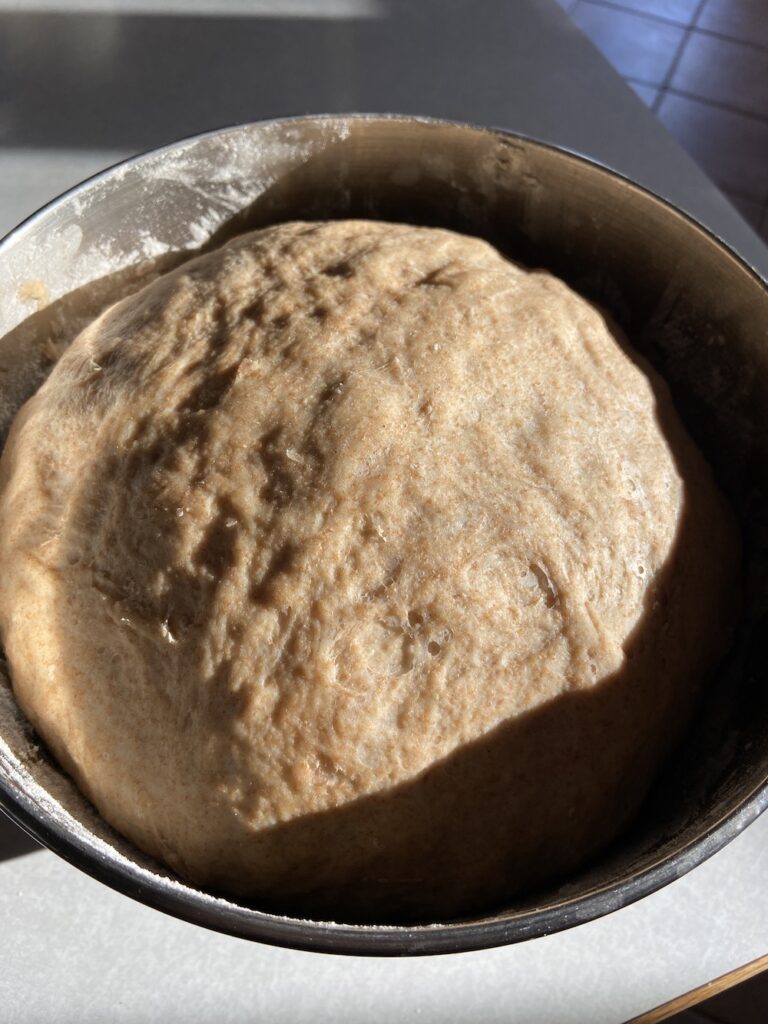
It has risen, indeed.
When dough has risen, spray the inside of your loaf pan with cooking spray to prevent sticking.
Turn the dough onto a countertop (I find I don't need to flour the countertop, but if your dough seems sticky, by all means put down a little flour). Gently flatten the dough and press it into a rectangle shape just slightly shorter than the long side of your pan.
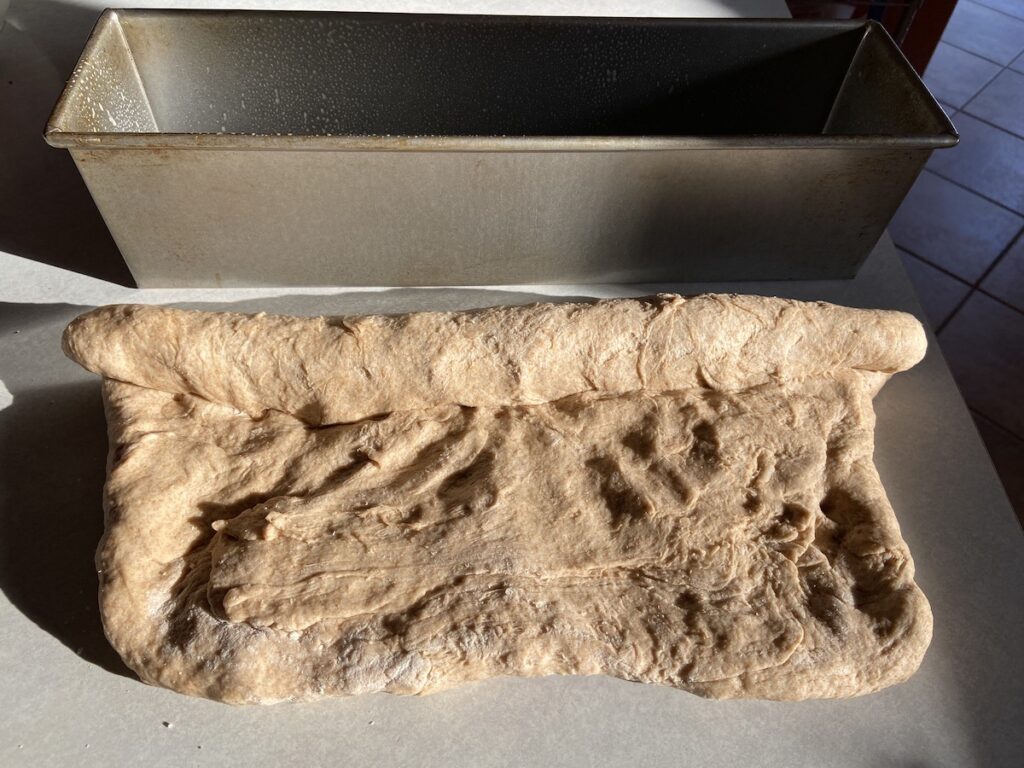
Rollin', rollin', rollin'...
Starting at the top edge of the dough (the long side that's farthest from you), begin to roll the dough. After each turn of the dough, seal the seam firmly to prevent large air bubbles from forming as the loaf bakes. When the dough is fully rolled, if it's slightly longer than your pan (mine always is), place your palms on the two sides of the dough log and push in slightly until the dough is the right length.
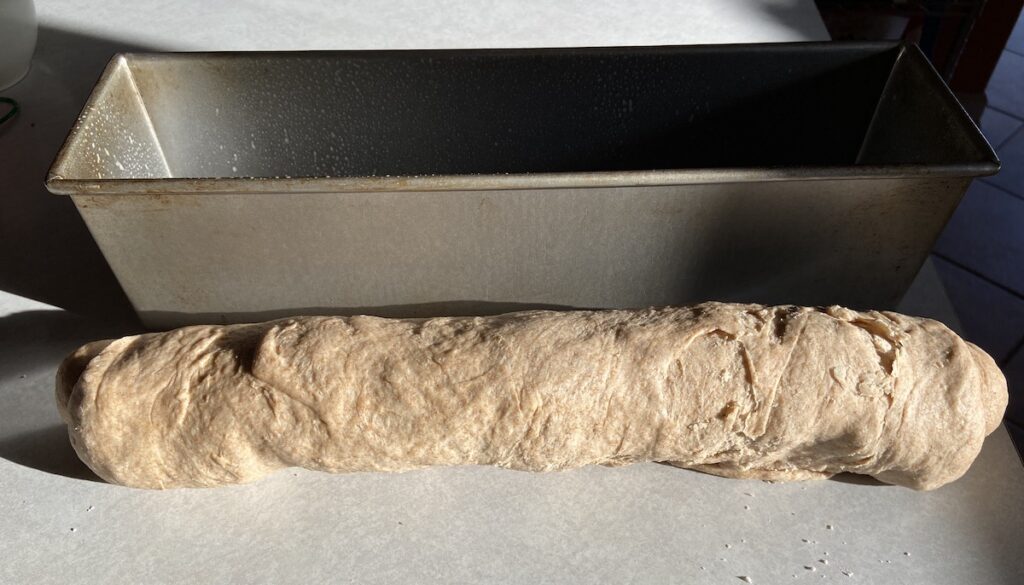
All rolled up!
Gently pick up dough and place it in the oiled pan, seam side down. Cover pan with the lid and let it rise until it is about 1 inch from the top of the pan. I find that this takes 30-40 minutes. Preheat the oven to 400° F while the dough is rising.

So this is practically touching the lid, whoops! It still turned out fine.
Bake with the lid on for 30 minutes. Remove pan from oven and using pot holders, slide lid off pan and set aside. Return pan to oven for an additional 10 minutes until the loaf is golden brown and cooked through. When loaf is done baking, immediately turn out onto a cooling rack and let cool.
You will be very tempted to cut into your new loaf immediately, but resist the temptation! (Nerd alert: here's a great article explaining why this is.)
Once the bread has cooled to room temperature, slice and enjoy! This recipe makes more than we can eat within a few days, so I typically cut the loaf in half, wrap one half in plastic, put it in a zip-top bag, and freeze until it's needed.
*Mr. NaCl found the recipe online and printed it out, and now I can't find it anywhere online! It looks to originally be from the book Whole Grain Breads by Machine or Hand by Beatrice Ojakangas. Fun fact: According to the book's description, Ms. Ojakangas is from Duluth!
**The original recipe calls for whole wheat bread flour, which I've never found in stores.
SBG’s Great Presidential Biography Tour
I’ve decided to break out my discussion of my presidential biography project into its own series instead of writing long comments in the monthly book post. I’ll still update briefly what I’ve read each month in that post and this particular post isn’t going to be about any one of the books. Rather, I wanted to talk about the project itself, my motivations for undertaking it, what I’ve learned to date, and where I see it going.
For pretty much everyone, 2020 was a terrible year. After 10 years of relentless traveling to North Dakota for work, I was suddenly home bound, fearful of even keeping my job, and anxious about the disease and how it would impact our country. And, let’s be clear, I was mortified by the actions of the White House and I despaired that the Orange One would be re-elected. By Christmas, the election was over (well, for the reality based world, it was), but the pandemic was raging out of control. My company shuts down between Christmas and New Year’s Day every year, so that's a time that I usually sit back and take stock of things or do projects like painting, or both. Usually, it also provides me with a respite from traveling, but in 2020, it was just more of the same.
Even though I was continuing to stay home and go nowhere, I had about 11 days off to reflect on the state of things. I had been thinking all year, retire, retire, I need to retire. Of course, I’m too young to retire (or more accurately, my daughter is too young for me to retire). I reconciled myself to eight more years of work (maybe not, but I’m willing to keep going) and I came to peace with that. I also thought that I needed to quit thinking about the outrages of the day and try to develop some perspective about things. In other words, I wanted to know, were things always this crazy? I didn’t think so, but there’s been periods of unrest in the US in my lifetime and some fairly, from my point of view, disheartening things that have happened politically. At the same time, there have been some real areas where there’s been progress.
It was over Christmas that I first heard the idea that we shouldn’t teach our children to love America or hate America, but rather to understand America. I’ve always had an interest in knowing more about the US Presidency, so I decided to use that lens to learn about American history. I decided to read one book about each American president. How to start such a project? Well, I did what 21st Century Americans do. I grabbed my computer and searched for “best presidential biographies”. Lo and behold, there was a website out there, https://bestpresidentialbios.com/, dedicated to just this topic! Who would have guessed? (Actually, I would have guessed. I know that there’s a website dedicated to different ways to tie your shoes, so this had to be there.)
A few days after Christmas, I bought my first book, Washington, A Life, by Ron Chernow on Kindle and I started to read it. On New Year’s Eve, I made my list of books, totaling some 30,000 pages and I was off. And then, January 6th happened. I was torn away from this project due to the horror I felt when the Capitol was overrun by thugs who were intent on disrupting what was a simple formality in service of a Big Lie. My anxiety and disgust went up and the project languished. But, toward the end of the month, I picked it back up and started again. By February 1, I had the Washington book finished. I had read only 818 pages in January and that’s not a pace that you can keep if you want to read 30,000 pages.
I had hoped that some of the books could be obtained from the library, and I did check out the Th. Jefferson book from the Dakota Public Library, but I learned, much to my chagrin, that a lot of these books (most of them) were not available here or via the Hennepin Country Library, which I can access through my Dakota Country Library pass. So, I started to acquire the books. And, some of them were quite expensive. My thinking is that I want to spend a little as possible, so if there’s a kindle version available that’s probably the cheapest (but not always!) and I’m not adverse to buying used books. One thing I found was that buying used books is fine, but you need to allow about a month for them to be delivered. As I picked up my pace, I started ordering ahead.
Along the way, I’ve made some changes in the list. I’ve decided that one book per president is a rule that I’m going to follow. In two different cases, there were selections of trilogies that I replaced with one book each. Plus, I’ve found that a lot of these books will have 100 or even 200 pages in some cases of end notes. Therefore, a book with 800 pages might only be 650 pages of reading. With the change in books in some instances (I changed my Rutherford B. Hayes book because I wasn’t going to pay $120 to read about him), my page total is now around 25,000 pages. As of today, I’m about 300 pages behind schedule, but I’m on pace to read about 3,200 pages in March, which will put me well above pace. Currently, I need to average 71 pages a day to finish by December 31. I think that’s totally doable.
So far, this has been a really fun project for me. I’m learning a lot about these presidents, the first 65 years of the United States (so far) and the variation between the authors in how they treat events. A book about James Madison is going to plow a lot of the same territory as a book about Jefferson. So is a book about John Quincy Adams, but seeing those events play out through, say, JQA’s eyes (and his biographer) provides texture that you wouldn’t get by reading just one book. Clearly, my decision to read them in order is a good one, as the subsequent books just add understanding to what I’ve already read. For example, one day I posed the question in the Cup of Coffee about what five things would you tell Thomas Jefferson. Having read a few more books since then, my questions would be different now.
I’m no history major, so I feel like when I talk about some of this stuff, some of you are probably saying, I can’t believe you didn’t know that. I’m also quite aware of the Dunning-Krueger Effect. (I watched Jared Kushner for four very long years.) I’m far from an expert on the first 65 years of US History! I’ve just read 8 books on it. It’s prompted me to think about what next after this project – who should I read next? It turns out that the guy at the best presidential bios site has a whole list of people that he was inspired to read about during his journey (he did this over like seven or eight year and read several books about each president… wow). So, I already have access to a list of people who I might want to read about to fill in the blanks.
Anyway, for those of you who have read this far, my plan is to start summarizing these books in individual posts. I hope you will be interested enough to read what I have to say and comment. If not, this posting is a way to preserve for my own memory what I’ve been through on this journey.

